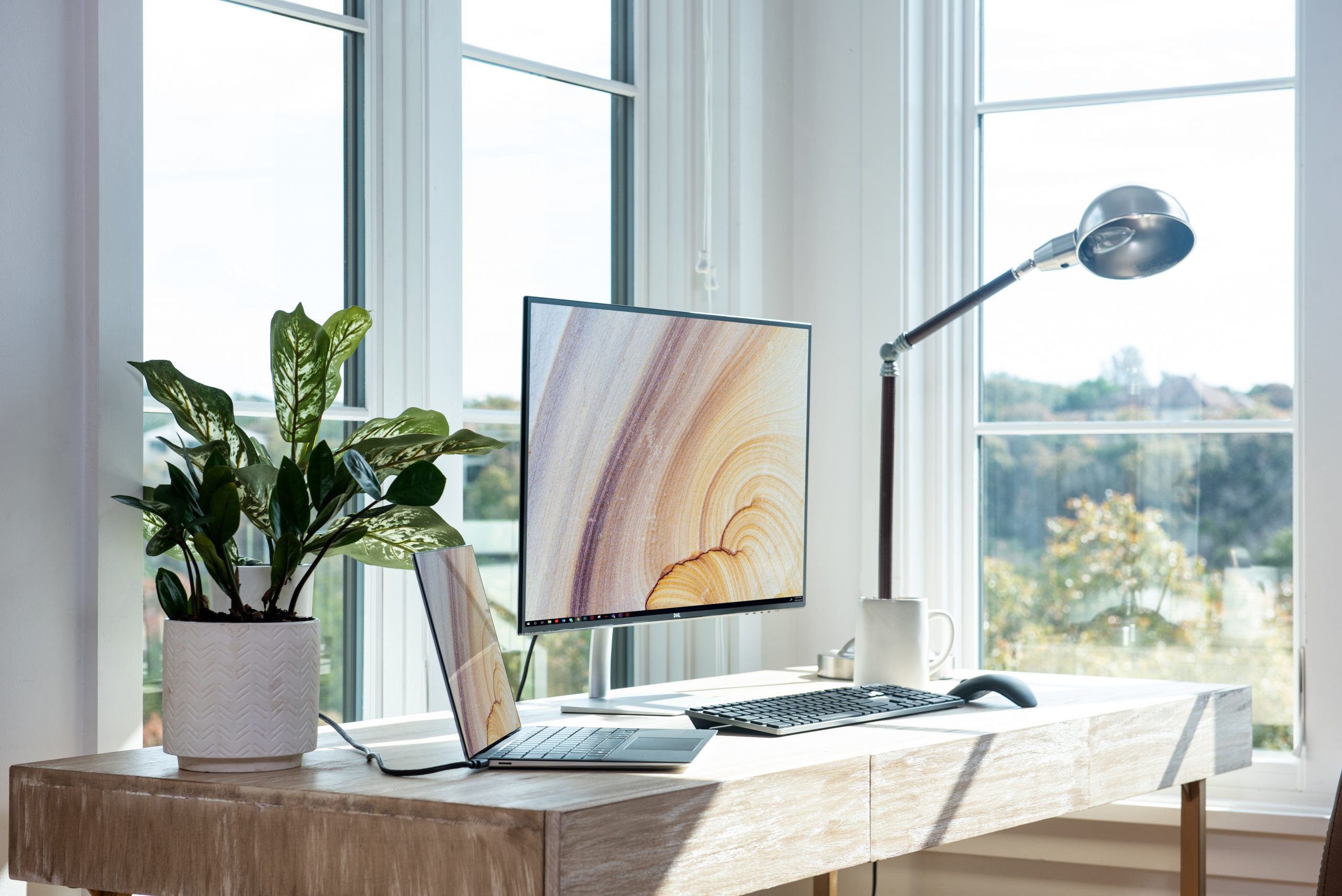As lockdown measures across the UK have started to ease, more and more businesses are going back to their offices. But certainly not as we know it. Face masks, allocated time slots and distancing are now part of the everyday work paradigm and companies need to take important measures to reduce covid-19 spreading further.
We spoke to Trovex, a company who has been specialising in hygienic solutions for 20 years, to get their expert insight.
How Is COVID-19 Spread?
COVID-19 is spread when an infected individual either coughs or exhales, releasing infected droplets of fluid. These droplets then either fall onto nearby surfaces (which are subsequently picked up by those coming into contact with the surface) or can also be breathed in by those within a 1-metre proximity to the infected individual.
Whilst the World Health Organization (WHO) claims that most people infected with the virus recover having only experienced mild symptoms, there are some who become very ill from the infection, and require medical attention.
The WHO states: “Risk of serious illness rises with age: people over 40 seem to be more vulnerable than those under 40. People with weakened immune systems and people with conditions such as diabetes, heart and lung disease are also more vulnerable to serious illness.”
Ensuring a Clean and Hygienic Workplace
As COVID-19 can be spread via surfaces, managers and business owners must ensure that the workplace is clean and hygienic, helping to prevent the virus’s spread. This includes having cleaners on a daily basis or asking the staff to chip in.
Ensuring that all surfaces are disinfected frequently can minimise the chances of COVID-19 spreading.
A key one is wiping down surfaces regularly with disinfectant, including; desks, tables, door handles, phones – and anything employees will regularly come into contact with.
In addition, using colour codes for chairs and office spaces as well as markers on the floor can be an effective way to facilitate social distancing – and something that is becoming more and more common in workplaces and shops.
Phasing it in
Rather than having all staff back at once, a sensible open is to slowly introduce more and more or ‘phase it in.’ This is currently being done by a number of large firms, where teams need to work together, including insurance companies Aviva, Admiral and specialist mortgage provider, MT Finance.
Self-Isolating When Necessary
Employees have also been urged to stay at home and self-isolate when displaying symptoms of COVID-19, even when symptoms are as mild as a small cough or a low-grade fever.
By reducing the amount of contact infected people have with others (e.g. on the commute to work or throughout the workplace) employees can subsequently reduce the number of people at risk of being infected with the virus, ultimately slowing the spread.
Taking your staff’s temperatures at the door is not an unreasonable request and sending them home too if need be.
Giving Someone the Role of Hygiene
It is common for members of staff to have additional roles in the organisation, whether it is being in charge of fire safety, office equipment and also team socials. But there is no reason why you cannot allocate a person to be in charge of hygiene, also now known as a ‘covid compliance officer’.
This person can be responsible for ordering equipment, staying on top of alcohol gels and soap dispensers and being up-to-date with any new covid prevention technologies and products. This can be free for organisations, by empowering a member of staff, rather than hiring someone just for this role.
Give Staff the Right PPE
Another key practice employees returning to work have been encouraged to do is to exercise both respiratory and hand hygiene. As COVID-19 is spread through fluids produced as a consequence of coughing or exhaling, it’s become vital to prevent these droplets from reaching others as much as possible.
This can be achieved through respiratory hygiene – including wearing face masks, having paper tissues made available for people to catch coughs and sneezes in, and disposing of these safely in closed bins.
In addition to this, it’s also become important to practice good hand hygiene. If COVID-19 is picked up by the hands, a person can become infected when touching either their eyes, nose or mouth with this hand.
Whilst employees should have their own masks anyway, it is the responsibility of the employer to provide adequate facilities for washing hands, masks and gloves.







